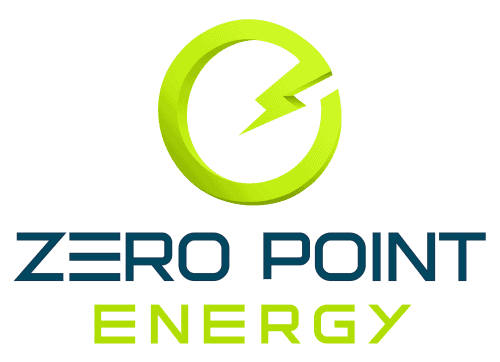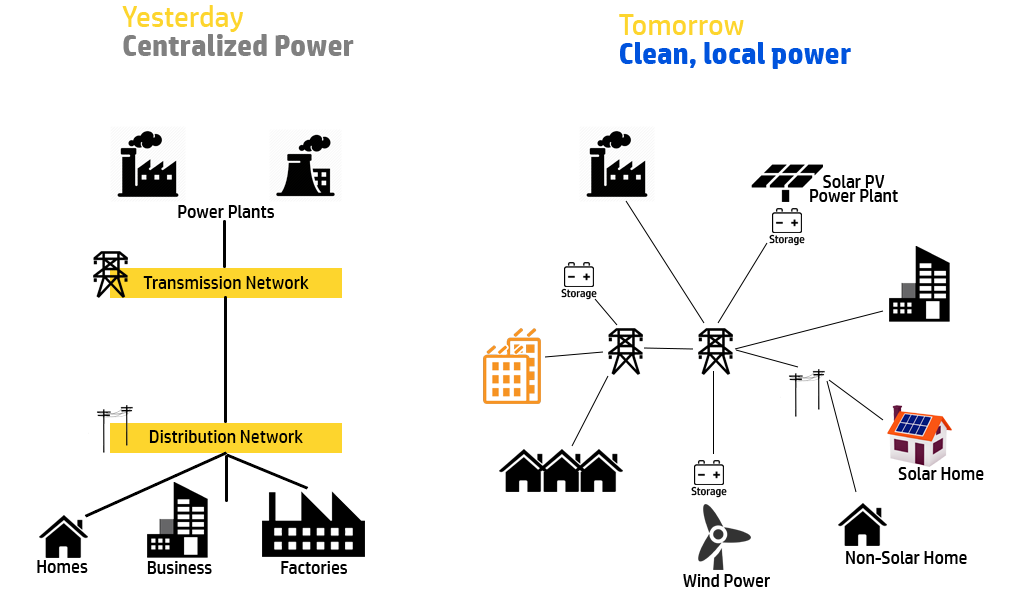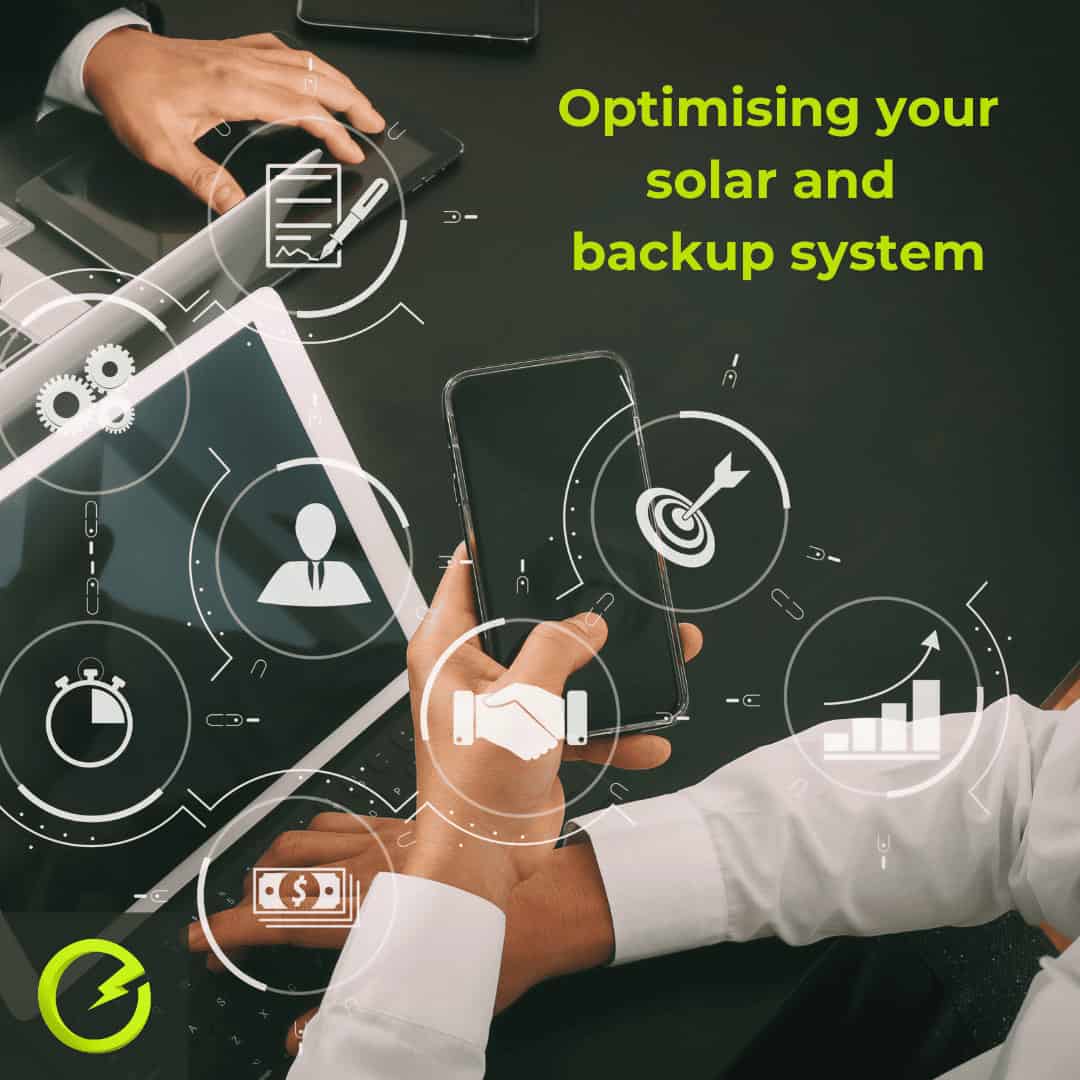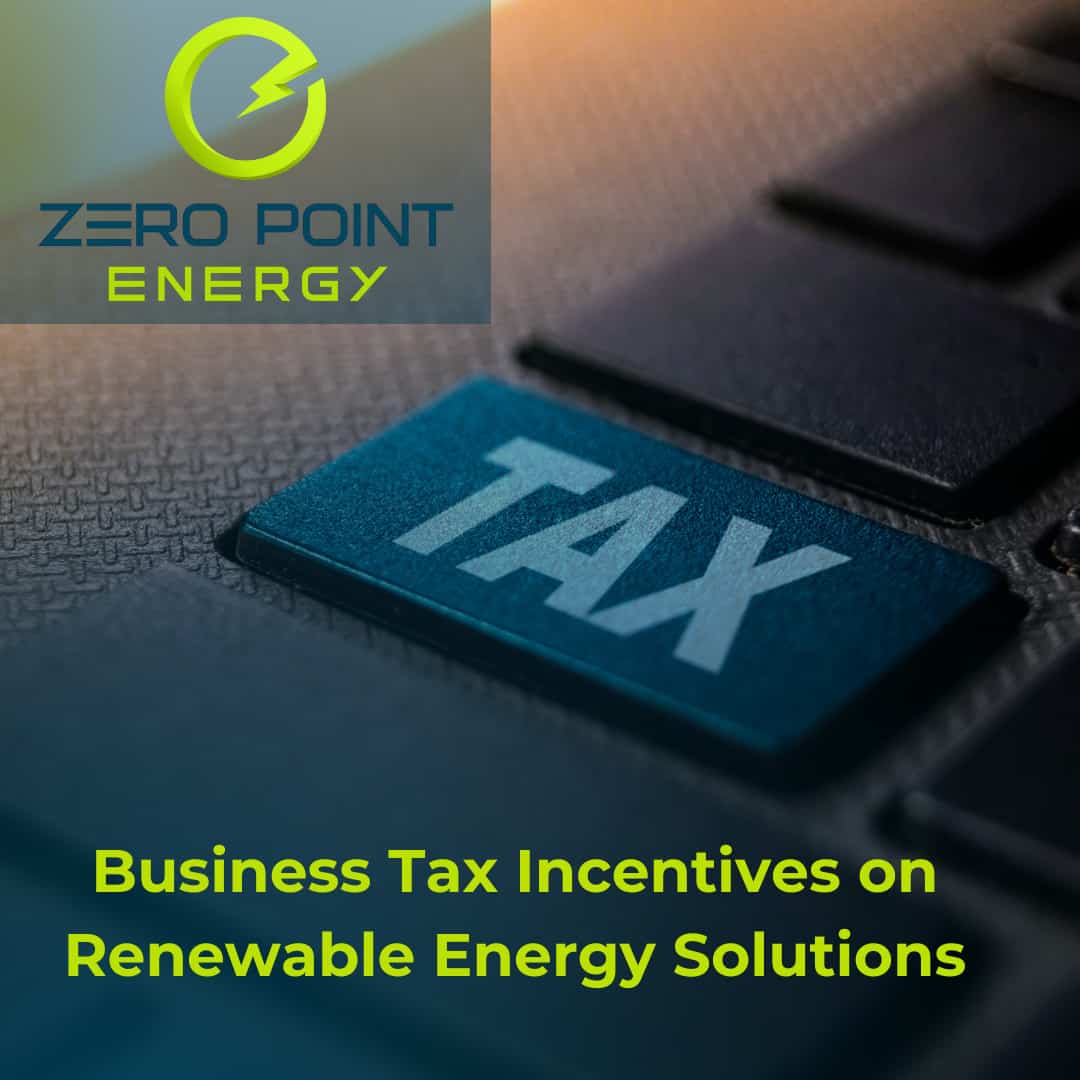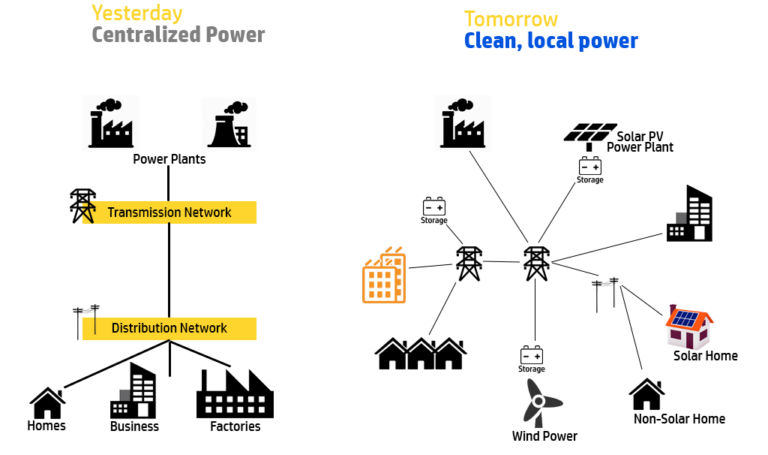
Many communities in Southern Africa do not have electricity in their homes and this means that technology and many commonplace aspects of modern life that the majority of us take for granted are outside their reach. Distributed power generation is an alternative model to our heavy reliance on a limited number of expansive power stations and may hold the key to leveling out electricity access.
The Current State of Electricity Access in Sub-Saharan Africa
Source: CPEC
Access to electricity continues to be a major cause for concern in Sub-Saharan Africa. According to the World Bank’s 2016 data, the percentage of the population with access to electricity (electrification rate) in Sub-Saharan Africa was approximately 43%. For proper comparison, the electrification rate for the Arab World was 89%, 100% for the European Union, and 97% for East Asia and the Pacific. In fact, the World Bank also states that one billion people live without electricity, and these are mainly in Sub-Saharan Africa and South Asia. These figures shed light on this tremendous lag for Southern Africa which is not within its consequences.
Access to electricity is vital to development. It is clear that those most affected are in the rural areas. This major challenge for these populations can only mean prolonged backwardness and exclusion from the possibilities that electricity presents for modernization. In the world that we live in today, electricity allows for adequate residential lighting and heating as well as efficient and convenient means for food preparation and storage. It is an enabler of many important development factors including education, entrepreneurship, and medical provision and has the ability to completely transform our rural communities. It is in light of this that electricity provision should be regarded as a basic humanitarian need in the modern world, rather than an economics driven luxury.
Two Different Electricity Generation Models
The challenge of rural electrification can only be addressed by looking at the current models for electricity generation, understanding the main challenges that have limited the effectiveness, and finding alternatives that are easier to implement.
Source: Sarum Hydraulics
The diagram above depicts two different models for power generation. Traditionally, a centralised model for energy provision has been used, as shown on the left. This refers to the generation of power at a limited number of centralized large-scale facilities. Power generated from these stations is then transmitted to different areas via the grid. A single power source is usually used such as a fossil fuel, water, or wind energy and the power station is located near the energy source for economic efficiency.
Some of the main challenges of relying on centralised generation include the environmental impact from air pollutants, waste generation, and land usage. There are also economic factors such as inefficiencies in power generation and vast amounts of energy lost in the long distance delivery to users. On top of this, the pressure and high demand for electricity require additional supply sources to be found.
The modern alternative to this model is distributed or decentralised generation. In this model, power is generated in numerous smaller facilities that are located closer to the end users as shown on the right-hand-side of the above diagram. More often than not, renewable energy sources are used. There are a number of advantages to this model in urban areas but more so in rural areas where the electrification issue has stunted much progress.
Advantages of Distributed Generation
Because the power is generated on-site or at least much closer to the end users in the decentralized model, this eliminates much of the power losses in transmission across hundreds of kilometers in the centralized model. Instead of having a handful of companies operating power stations and supplying most of the electricity used, the decentralized model empowers many smaller companies and consumers to also participate to address the current electricity challenges
Because of the smaller scale of distributed generation, it requires significantly lower infrastructure cost and there is, therefore, less of a barrier to entry. Additionally, the cost is low to extend the existing utility grid infrastructure. In terms of the environmental impact, there is less energy lost, less land usage, and less pollution with these renewable energy alternatives.
For rural communities, this is all great news. Decentralized generation allows them to leapfrog the need for utilities to build new costly and time-consuming grid expansion projects. They can find alternative solutions to the longstanding rural electrification question and become self-sufficient through local power generation in its various forms. This also reduces the pressure on the grid.
Economic Considerations for Off-grid and Distributed Power Generation Solutions
Source: All Sky Energy
Some of the different forms of off-grid or distributed electricity generation include photovoltaic (PV) systems, waste-to-energy systems, and small wind power stations. For these to be feasible in a rural setting, in particular, funding must be availed for the infrastructure, and the cost of power production must make the project viable.
The cost of PV and battery storage has shown a significant downward trend which makes the economics good for off-grid solutions. According to Renewable Energy World, solar energy is one of the least expensive options for power generation and trumps fossil fuel energy significantly. In Africa, the tremendous potential for solar power is yet to be maximized, but there have been significant inroads into making solar projects economically viable. The figure below shows Africa’s total installed cumulative solar PV capacity and the rising rate of annual new additions from 2001-2015.
Source: ESI Africa
In addition to the declining costs of PV infrastructure and solar power generation, there is a need for more affordable and appropriate payment models to be used. These include mobile money, micro-finance, village-banking models, and donor relief aid. Electricity should be made accessible to all people everywhere to allow them to have a standard modern lifestyle. Distributed generation and particularly solar power have great potential to reduce the rural electrification gap and spearhead development and progress in these regions.
Feel free to contact us to see how best we can offer our rural electricity, energy storage & solar PV expertise to help you:
+27605218388 | info@zpenergy.co.za | @zeropointSA | www.zpenergy.co.za
Zero Point Energy (Pty) Ltd is a proudly South African sustainable engineering company that provides professional engineering consulting & turn-key solutions in the areas of energy efficiency, renewable energy, off-grid and energy storage solutions, water efficiency and responsible waste management. The company is a 100% black youth-owned, 30% black female-owned EME achieving a Level 1 BBBEE Contributor status, and has a passion to transform the energy industry without compromising on safety, quality and client satisfaction. Email: info@zpenergy.co.za Web: www.zpenergy.co.za
